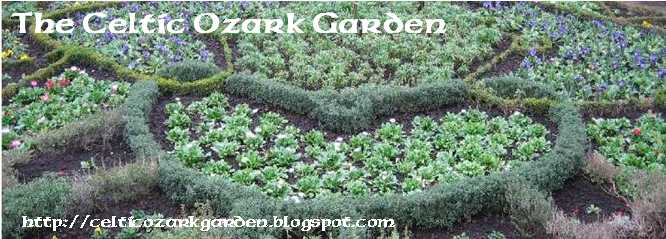Springtime brings many good things to the world, not to mention the beginning of the gardening season. If you are a home beer brewer, this can be a wonderful time of year to start some of your own hop plants. Here is the information you need.
Hop plants grow from a Rhizomes. Rhizomes resemble roots but possess numerous buds and are used for vegetative propagation. Thus propagated, all plants of a given variety are genetically identical. Once grown, the plant can reach over 25 feet in height. Personally, I help mine twist and turn around a 10 ft high fence.
The soil should be tilled to create a weed free area. A strong support system is needed for the plant to climb on. Look for space along fences, garage, or property lines. Plant in early spring once the threat of frost is gone but no later than May. the soil should be worked into a fine, friable condition prior to planting. In cold climates you can plant rhizomes in pots and transplant in June. so, now is the perfect time to get ‘er done!
Plant 1 rhizome per hill with the buds pointed up and cover with 1 inch of loose soil. Hills should be spaced at least 3 feet apart if the hills are of the same variety and 5 feet apart if they are different. The first year the hop plant requires frequent light watering.Hops prefer full sun and rich soil, preferably light textured, well-drained soil with a pH of 6.5 - 8.0 . If drainage is a problem, small mounds can be built using surrounding top soil mixed with organic matter. Because the hop is a perennial, it’s not a bad idea to dig holes about one foot deep so that some manure and other slow release organic fertilizers can be mixed with your soil and replaced into the hole. This puts the nutrients in the root zone.
Rhizomes should be planted vertically with the bud pointing up or horizontally about 1″ below the soil surface. First year hops have a minimal root system and require frequent short watering much like any baby plant, but do not drown it with too much water. Mulching the soil surface with some organic matter works wonders in conserving moisture as well as helps control weeds.
Once the hop is established after the first season, less frequent deep watering is best, preferably drip irrigation. Try not to soak the vine during watering, as that will sometimes encourage diseases. Each Spring apply a hearty dose of manure as a top dressing or fertilize with a balanced chemical fertilizer that is recommended for garden vegetables. Don’t expect very much in growth or flowers the first year because the hop is basically establishing it’s root system. Full growth and maximum crops of flowers will be achieved during the second year.
In a later article, I will discuss how to cultivate your hops. So, I would like to take a moment and talk about the types of hops that you can grow. Without a doubt, my most successful hop is called a Cascade hop. I have also had good luck with Golding and Chinook hops. I have not had good luck with more traditional German styles, like Hallertauer and Perle.
Here is to your hop garden,Ray Province
Ray Province is a retired minister and owner of The Celtic Ozarkian, a website that chronicles life in the Ozarks. He is an IT programmer by trade, and also freelances in web design, SEO, and social media marketing. You can reach him at contactus@celticozarkian.com or @celticozarkian on Twitter.

No comments:
Post a Comment